As the curtain closes on the first section of Liebeslieder and the ballerinas rush away backstage, the ballet shifts from a public experience to a private one. It reminds me of that point in the television show Downton Abbey when, after dinner, the women disappear to another room and the men are left to drink and smoke cigars at the table. But instead of cigars and brandy, the men in Liebeslieder only take off their gloves, possibly grab an Altoid from the ready supply kept at the stage manager's desk, and use a tissue to dab the sweat off of our brows. We then reconvene onstage to talk, and to wait for our ballerinas.
The ballerinas, meanwhile, are working much harder. They rush to their dressing rooms, take off their gloves and shoes, change dresses, and hastily put on pointe shoes. Careful preparation of the pointe shoed-foot is a ritual repeated many times daily in a ballerina's life, but during this pause they have to wrap the paper towel around their toes, shove their foot in, and tie the ribbons as fast as they can because we're all waiting for them. It’s always a contest with the stage manager as the judge: "who will come back to the stage ready to dance first?"
After the last ballerina rushes to place, the curtain rises but the mood is changed. We see the couples in their same starting positions as in the opening of the first section, but the lights are dimmer, and the women are now wearing romantic-length chiffon tutus whose layers of tulle reach to mid-calf, and the aforesaid pointe shoes. Again we start dancing in a circle and lifting the women, but almost immediately Balanchine has the ballerinas weaving away from their partners and back again. You get a sense that this is a more tempestuous world, where the couples relate to one another and themselves in a more unguarded manner. Finally each ballerina starts to run offstage, her original partner catches up with her and escorts her off, and one couple is left onstage to dance a pas de deux.
While the pas de deux in the first half are danced in front of the rest of the cast, in the second half each couple’s pas de deux is danced alone onstage. This, in addition to the pointe shoes and exposed legs of the ballerinas, conveys a sense that the couples are finally able to express their true feelings—which were perhaps only alluded to in the first section. So instead of polite embraces and distanced waltz positions (one of the favorite corrections in the first section that we always receive is to hold the girl as far away from us as we can), the couples give each other full
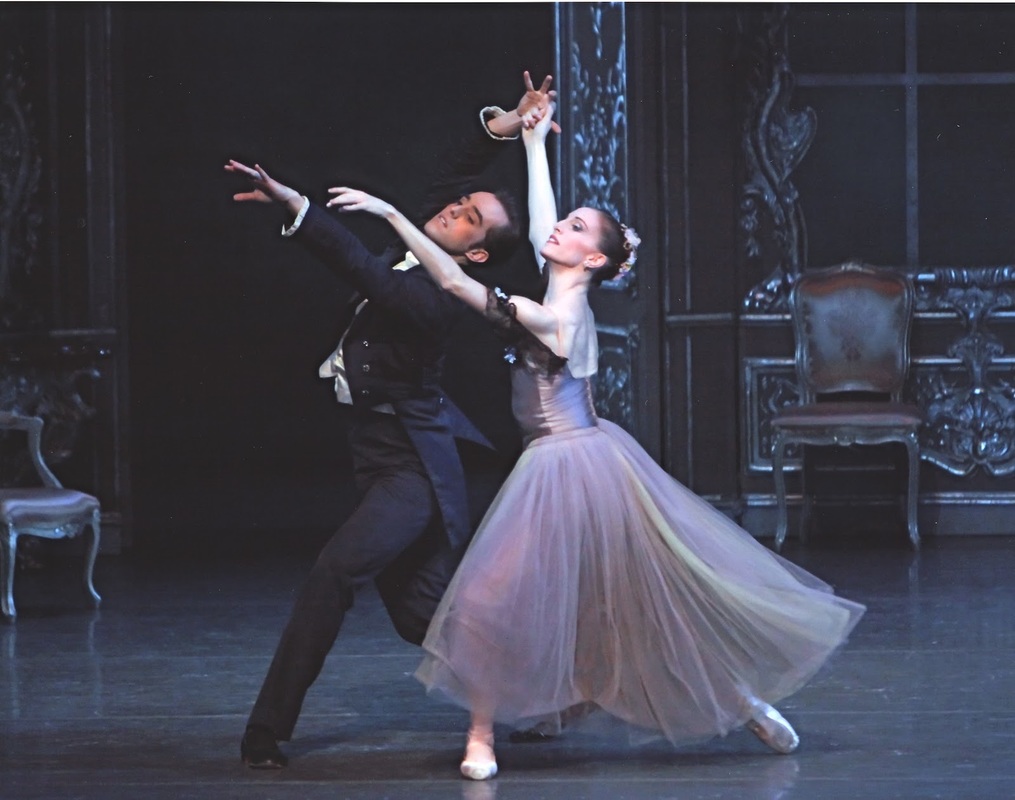
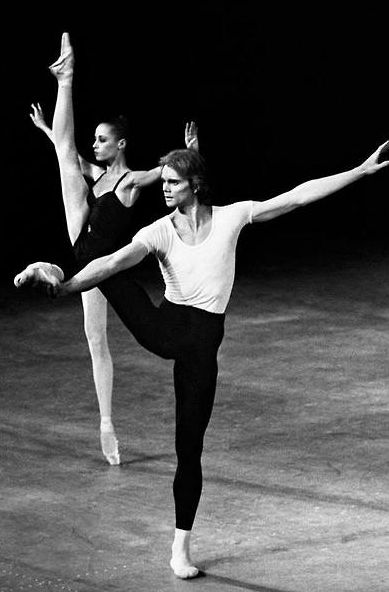
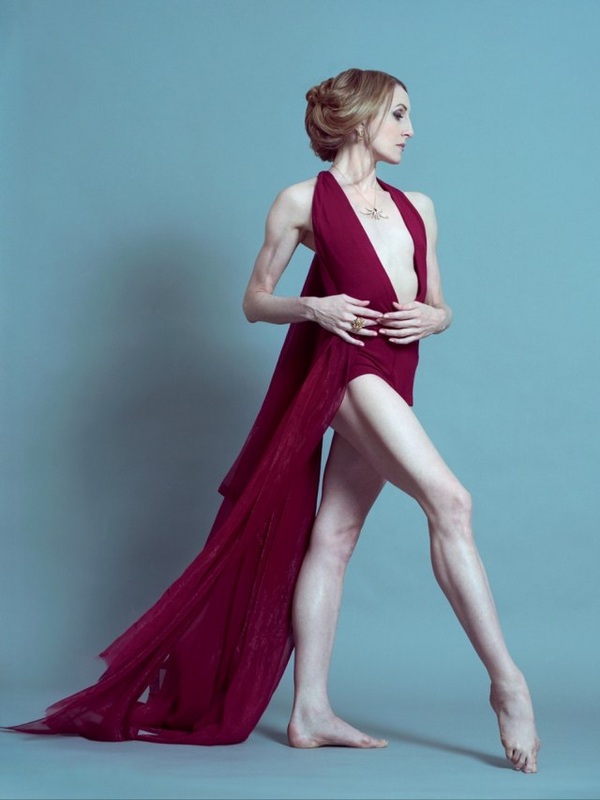

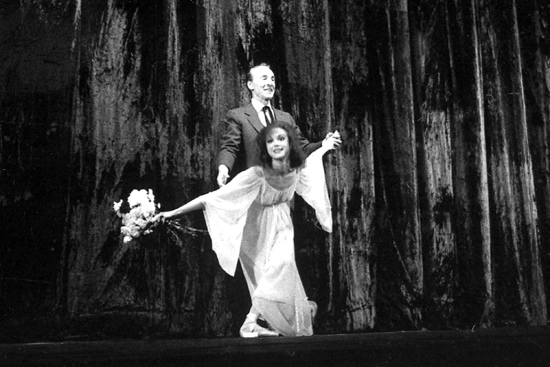
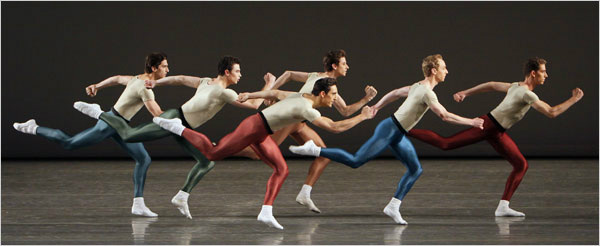
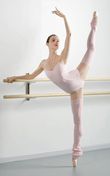
 RSS Feed
RSS Feed